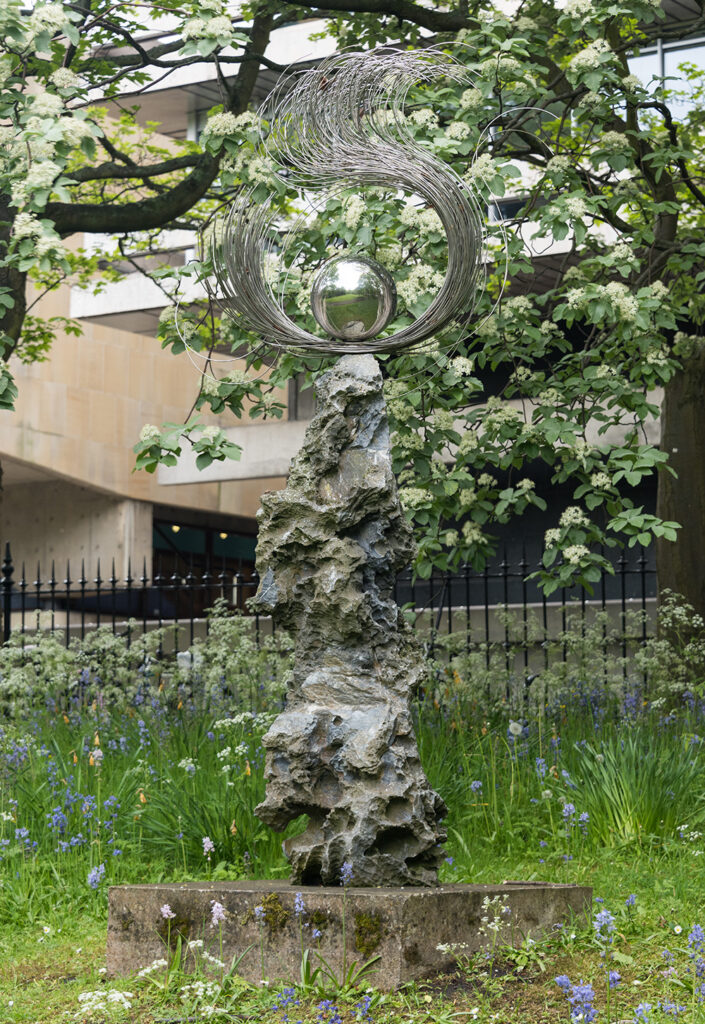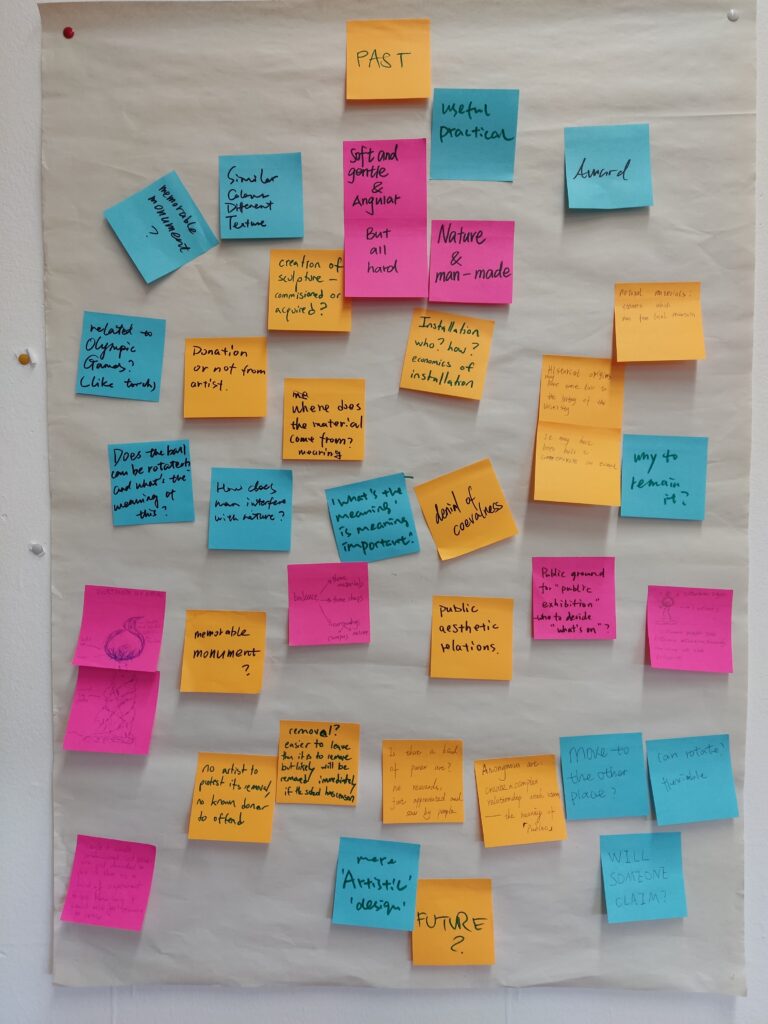
I have been reflecting on method one, which is the cultural biography of things: commoditization as a process. For the economist, commodities simply are. This view frames the commonsensical definition: an item with use-value that also has exchange value. Likewise, when it comes to a cultural perspective, the production of commodities is also a cultural and cognitive process and is culturally marked as a certain kind of thing. This reminds me of a public sculpture that is an unknown artist made it. I felt that the artist donated the sculpture to the University of Edinburgh at George Square Gardens. It may be commissioned or acquired from institutions. We can analyze the materials and dimensions to predict the future. Is it removed? Or to leave. It may be valued significant meanings. Kopytoff (1986) argues that we take it more or less for granted that things – physical objects and rights to them – represent the natural universe of commodities. I have realized that the sculpture can as part of the cultural shaping of biographies.
Biographies have been approached in various ways in anthropology (for a survey, see Langness 1965). It seems to me that we can profitably ask the same range and kinds of cultural questions to arrive at biographies of things. I have read ‘The genealogical method of anthropological inquiry’ (1910). Cultural responses to such biographical details reveal a tangled mass of aesthetic, historical, and even political judgments, convictions, and values that shape our attitudes toward objects labelled ‘art’. This is like when that sculpture is a public art representing its function process. Culture serves the mind by imposing a collectively shared cognitive order upon the world which, objectively, is totally heterogeneous and presents an endless array of singular things. I think this is the basis for a will-know economic phenomenon – that of several there’s of exchange values, which operate more or less independently of one another. The phenomenon is found in every society.


